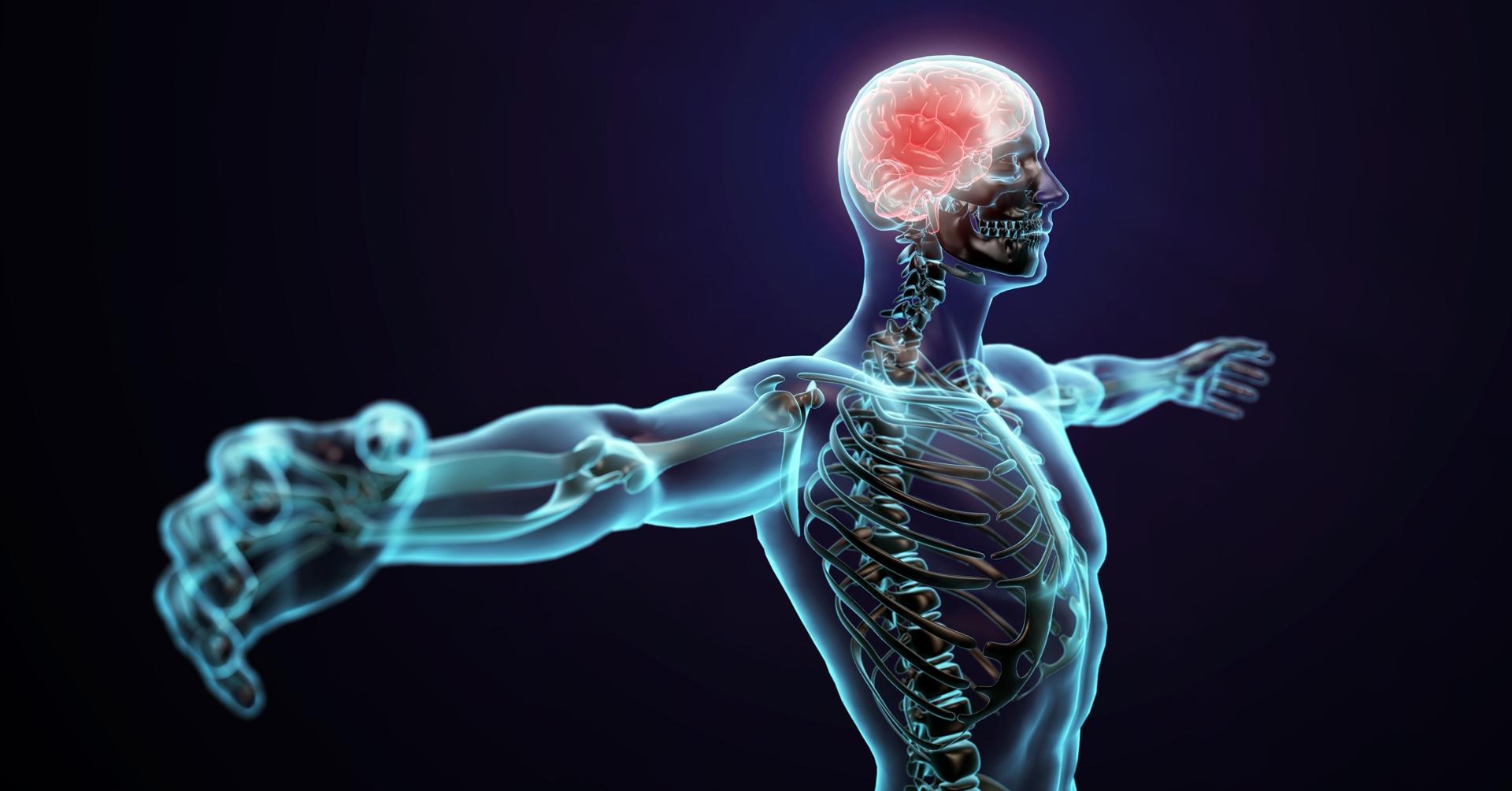Are you curious to know what is excitation contraction coupling? You have come to the right place as I am going to tell you everything about excitation contraction coupling in a very simple explanation. Without further discussion let’s begin to know what is excitation contraction coupling?
Excitation-contraction coupling is a fundamental process in muscle physiology, essential for the contraction of skeletal, cardiac, and smooth muscle fibers. In this comprehensive guide, we will delve into the intricacies of excitation-contraction coupling, exploring its mechanisms, steps, and significance in muscle function.
What Is Excitation Contraction Coupling?
Excitation-contraction coupling refers to the sequence of events that link the electrical excitation of a muscle cell membrane (sarcolemma) to the contraction of the muscle fiber. It involves the transmission of action potentials along the sarcolemma, leading to the release of calcium ions and subsequent muscle contraction.
What Is Required For Excitation-Contraction Coupling?
Excitation-contraction coupling requires several key components, including membrane depolarization, voltage-gated calcium channels, sarcoplasmic reticulum, and calcium-release channels known as ryanodine receptors. These elements work together to initiate and propagate muscle contraction in response to neural stimulation.
What Is Excitation-Contraction Coupling In Skeletal Muscle?
In skeletal muscle, excitation-contraction coupling begins with the arrival of an action potential at the neuromuscular junction, triggering the release of acetylcholine. This neurotransmitter binds to receptors on the sarcolemma, initiating membrane depolarization and the propagation of action potentials along transverse tubules (T-tubules). Subsequently, voltage-gated calcium channels open, allowing calcium ions to enter the cell and trigger muscle contraction.
What Is Excitation-Contraction Coupling Quizlet?
Excitation-contraction coupling quizlet is an educational resource that provides flashcards, quizzes, and study materials related to the process of excitation-contraction coupling. It offers a convenient way for students to review and reinforce their understanding of this essential physiological mechanism.
Excitation-Contraction Coupling Steps
The steps of excitation-contraction coupling include:
- Neural Stimulation: Nerve impulses reach the neuromuscular junction.
- Acetylcholine Release: Acetylcholine is released, binding to receptors on the sarcolemma.
- Membrane Depolarization: The sarcolemma undergoes depolarization, triggering action potentials.
- Calcium Entry: Voltage-gated calcium channels open, allowing calcium ions to enter the cell.
- Calcium Release: Calcium ions bind to ryanodine receptors on the sarcoplasmic reticulum, causing it to release stored calcium.
- Cross-Bridge Formation: Calcium binds to troponin, leading to the exposure of active sites on actin filaments.
- Contraction: Myosin heads bind to actin, forming cross-bridges and initiating muscle contraction.
Excitation-Contraction Coupling Flow Chart
The excitation-contraction coupling flow chart visually represents the sequence of events involved in muscle contraction, from neural stimulation to cross-bridge formation and muscle contraction. It provides a structured overview of the complex physiological process.
What Is Excitation Contraction Coupling Pdf?
Excitation-contraction coupling PDFs are educational resources that offer detailed explanations, diagrams, and illustrations of the excitation-contraction coupling process. These PDF documents provide valuable reference materials for students, researchers, and educators studying muscle physiology.
Get to know some more interesting facts on Petsbee.
Excitation-Contraction Coupling In Cardiac Muscle
In cardiac muscle, excitation-contraction coupling is similar to skeletal muscle but involves additional regulatory mechanisms to coordinate rhythmic contractions. The influx of calcium ions during depolarization triggers calcium release from the sarcoplasmic reticulum, leading to myocyte contraction and cardiac function.
Steps Of Excitation-Contraction Coupling In Order
The steps of excitation-contraction coupling occur in a specific order:
- Neural stimulation triggers action potentials.
- Acetylcholine release and membrane depolarization occur.
- Calcium enters the cell through voltage-gated channels.
- Calcium release from the sarcoplasmic reticulum is initiated.
- Cross-bridge formation and muscle contraction follow.
Excitation-Contraction Coupling In Smooth Muscle
Excitation-contraction coupling in smooth muscle involves calcium influx through voltage-gated channels and calcium release from intracellular stores. Unlike skeletal and cardiac muscle, smooth muscle contraction can be initiated by various stimuli, including neurotransmitters, hormones, and mechanical stretch.
Conclusion
In conclusion, excitation-contraction coupling is a fundamental process that underlies muscle contraction in skeletal, cardiac, and smooth muscle fibers. It involves the coordinated interplay of electrical and biochemical signals to initiate and regulate muscle contraction in response to neural stimulation. Understanding the mechanisms and steps of excitation-contraction coupling is essential for comprehending muscle physiology and the physiological basis of movement and function.
FAQ
What Is The Meaning Of Excitation-Contraction Coupling?
Excitation-contraction coupling (ECC) is a physiological process that links excitation of muscles by the nervous system to their mechanical contraction.
What Is The Excitation-Contraction Coupling Quizlet?
excitation-contraction coupling. the link between the generation of a action potential (nerve impulse) in the sarcolemma and the start of a muscle contraction.
What Is Excitation-Contraction Coupling In Skeletal Muscle Wikipedia?
In skeletal muscles, excitation–contraction coupling relies on a direct coupling between two key proteins, the sarcoplasmic reticulum (SR) calcium release channel identified as the ryanodine receptor 1 (RYR1) and the voltage-gated L-type calcium channel identified as dihydropyridine receptors, (DHPRs).
What Is Ecc In Cardiac Muscle?
In cardiac muscle the process of excitation-contraction coupling (ECC) describes the chain of events that links action potential induced myocyte membrane depolarization, surface membrane ion channel activation, triggering of Ca2+ induced Ca2+ release from the sarcoplasmic reticulum (SR) Ca2+ store to activation of the …
I Have Covered All The Following Queries And Topics In The Above Article
What Is Excitation-Contraction Coupling?
What Is Required For Excitation Contraction Coupling
What Is Required For Excitation-Contraction Coupling
What Is Required For Excitation-Contraction Coupling?
What Is Excitation-Contraction Coupling In Skeletal Muscle
What Is Excitation-Contraction Coupling Quizlet
Excitation-Contraction Coupling Steps
Excitation-Contraction Coupling Flow Chart
What Is Excitation Contraction Coupling Pdf
Excitation-Contraction Coupling In Cardiac Muscle
Steps Of Excitation-Contraction Coupling In Order
Excitation-Contraction Coupling In Smooth Muscle
What Is Excitation Contraction Coupling
